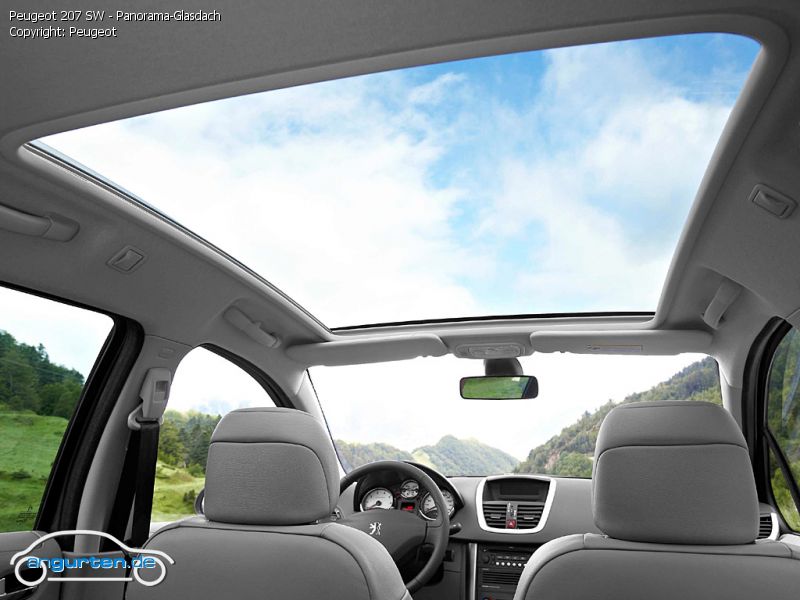The Significance of Panorama Photography in Modern Visual Arts

Introduction
Panorama photography has captured the imagination of photographers and enthusiasts alike, serving as a powerful tool to convey vast landscapes and intricate details in a single frame. This technique, which involves stitching together multiple images to create a wide-angle view, is increasingly relevant in today’s visual culture, where storytelling through imagery plays a crucial role.
The Evolution of Panorama Photography
Historically, panorama photography dates back to the 19th century when artists and photographers sought to depict expansive views. The advent of digital cameras and editing software has significantly advanced this technique, making it accessible to amateur photographers and professionals. According to a recent report by the Photography Market Federation, panoramic photography has seen a 30% increase in usage over the last five years, highlighting its growing popularity in documenting everything from cityscapes to natural wonders.
Recent Developments
In recent months, panoramic photography has also gained traction in various creative fields such as advertising and virtual tours. Notably, the pandemic accelerated the adoption of virtual events, prompting photographers to create stunning panoramic views for online presentations. Major brands have leveraged panoramic images to enhance their marketing strategies, offering immersive experiences that draw viewers into their narratives. A case study by the Digital Marketing Association found that campaigns utilizing panoramic images resulted in a 45% higher engagement rate compared to traditional images.
Challenges and Considerations
Despite its advantages, panorama photography also presents unique challenges. Photographers must pay close attention to lighting, alignment, and depth of field to avoid distortions in the final image. Additionally, while smartphone technology has made panoramic shooting more straightforward, achieving professional-quality results often requires a more hands-on approach, using tripods and editing software. Thus, as the demand for high-quality panoramic content continues to rise, photographers are urged to refine their skills and invest in better equipment.
Conclusion
As we advance further into the digital age, panorama photography will likely continue to evolve, merging with emerging technologies like virtual reality and augmented reality. Its significance in providing expansive, engaging visuals makes it a vital element within modern photography. For enthusiasts and professionals alike, mastering this technique not only enhances their artistry but also opens doors to new storytelling avenues in an increasingly visual world. As we look ahead, the role of panorama photography in both personal and commercial spheres promises to grow even more substantial.





